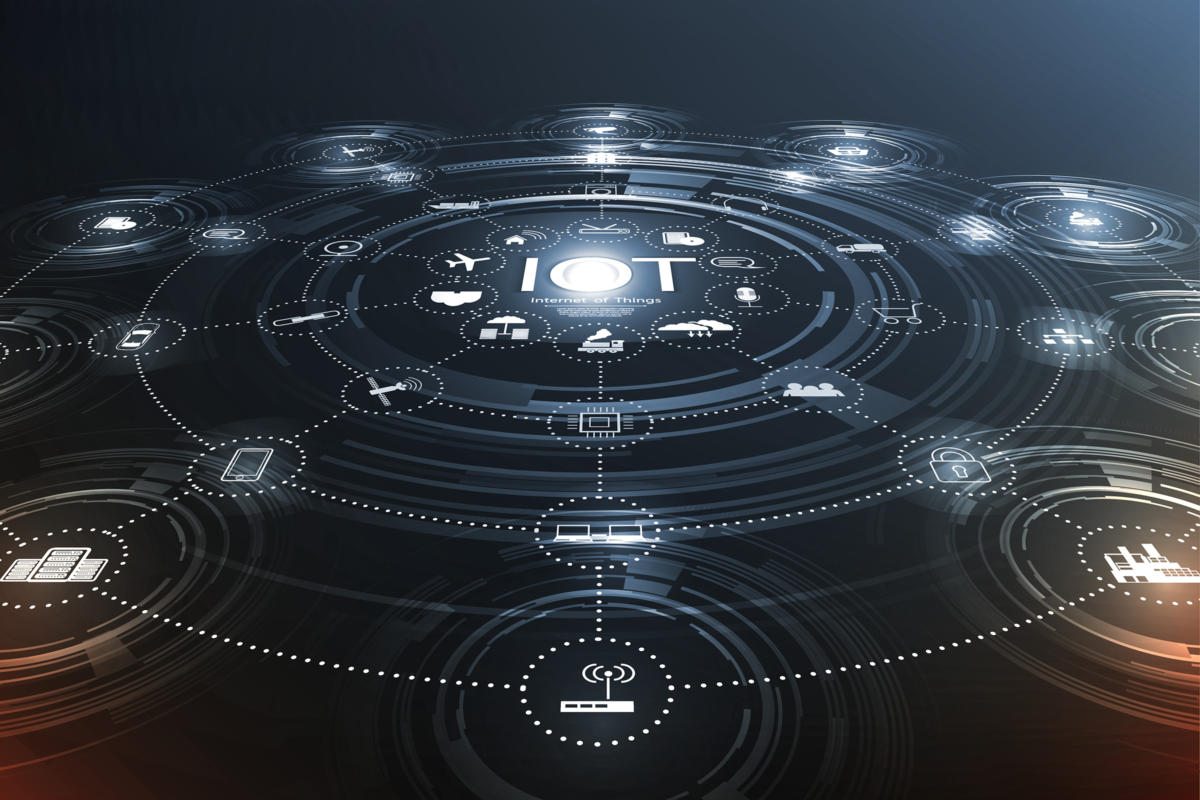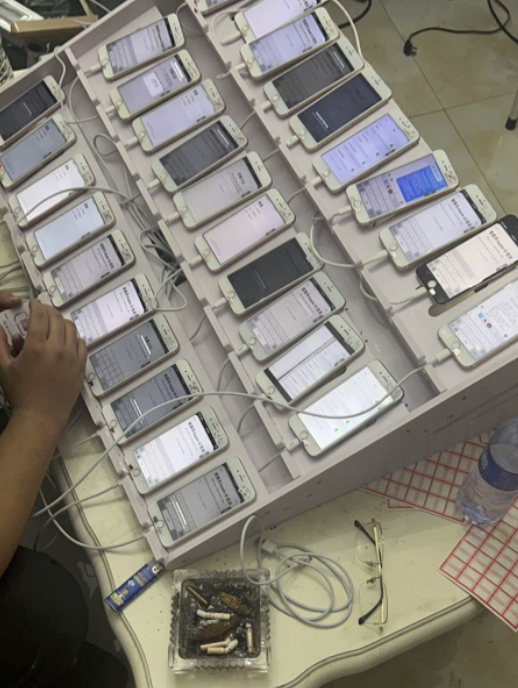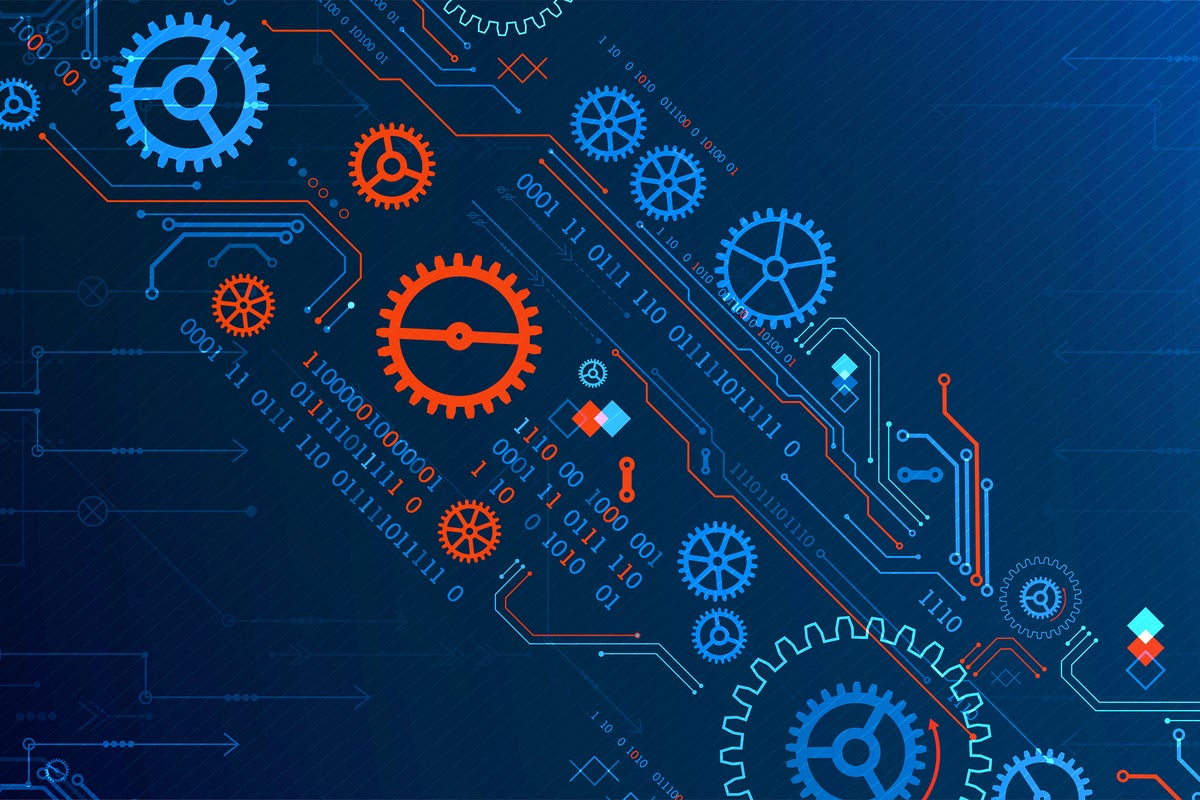Overcoming the IoT interoperability hurdle
Just about every surface in the material world, or environment in the digital world, is being fitted with a form of data emission to describe itself and its behavior. This includes but is not limited to cars, software applications, factories, 400-ton mining trucks, financial markets, power grids, ice caps, satellites, apparel, appliances, phones, bodies, brains, jet engines—the list goes on. If the ripening of your apples isn’t already being tracked by line graphs in a cloud-based app, it may be soon. It’s no surprise, then, that data is growing exponentially. By 2025, the world will be fitted with 41.7 billion IoT devices that transmit 73.1 zettabytes of data. The importance of data rises as businesses increasingly use it to make business-altering decisions, and more data means instrumenting things that previously went uninstrumented.To read this article in full, please click here

Just about every surface in the material world, or environment in the digital world, is being fitted with a form of data emission to describe itself and its behavior. This includes but is not limited to cars, software applications, factories, 400-ton mining trucks, financial markets, power grids, ice caps, satellites, apparel, appliances, phones, bodies, brains, jet engines—the list goes on. If the ripening of your apples isn’t already being tracked by line graphs in a cloud-based app, it may be soon.
It’s no surprise, then, that data is growing exponentially. By 2025, the world will be fitted with 41.7 billion IoT devices that transmit 73.1 zettabytes of data. The importance of data rises as businesses increasingly use it to make business-altering decisions, and more data means instrumenting things that previously went uninstrumented.




























